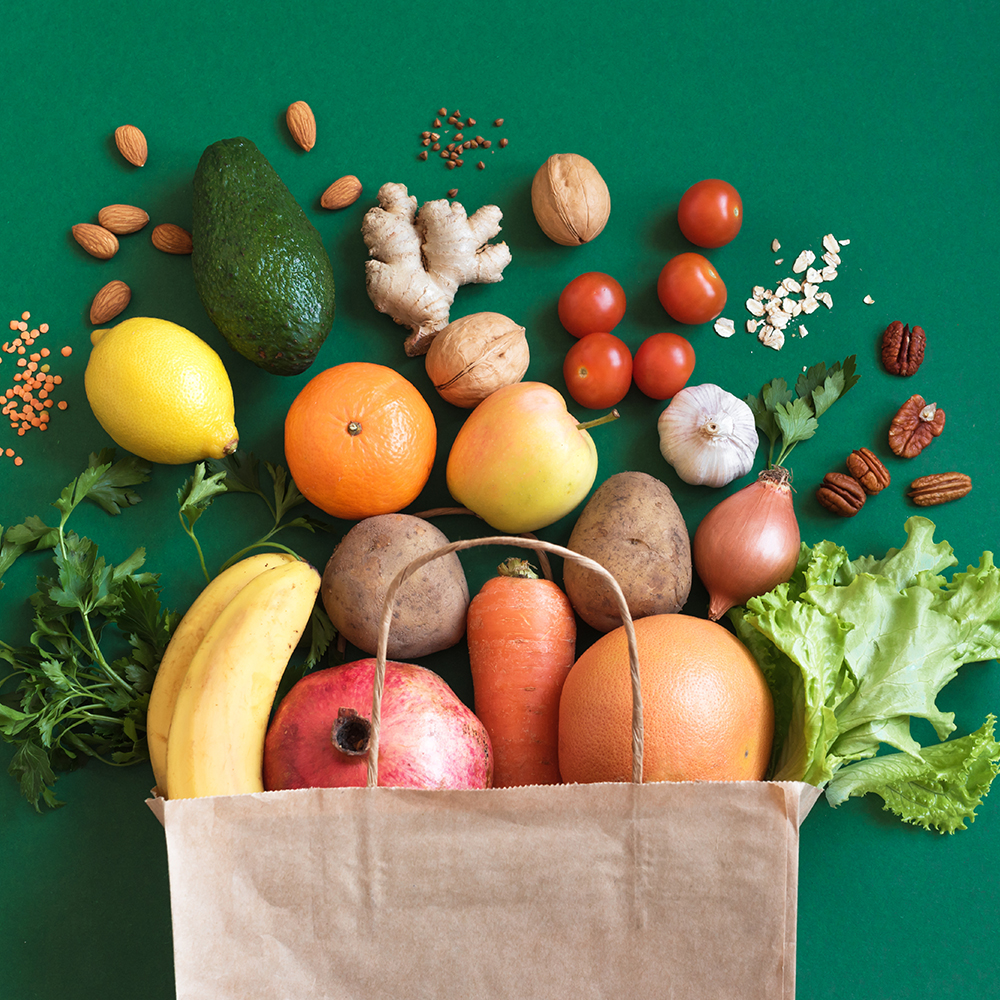
Tofu is a soy-based food widely used in both veg and non-veg recipes.
It comes from China and has millennia of history behind it. In fact, one of the most plausible theories suggests that the noble Liu An, prince of the Han dynasty, was a pioneer in its creation, dating as far back as 164 BC.
How is tofu made?
Tofu is made by coagulating soy milk. To obtain soy milk, the legumes are ground, boiled in water and left to soak for a few hours. After removing the legume mixture, a soy-based liquid is obtained. This liquid is then coagulated to form tofu, and it is due to this process that tofu is also often called “vegetable cheese”.
Different types of rennet are used in the coagulation process. Calcium sulfate is commonly used in the production of Chinese tofu, giving it a high calcium content. Nigari originate from the Japanese culinary tradition, and is composed of magnesium chloride obtained from the evaporation of sea water and the removal of sodium chloride (table salt). Finally, there is glucono-delta-lactone, which is a food additive also called GDL (E575), and lemon juice, both of which are often used for the making tofu at home.
What are its variations and uses in cooking?
Tofu’s versatility is one of its main strengths. Its consistency can vary from soft to firm, depending on how it is made. This makes it easy to use in a wide range of dishes, both sweet and savory, with different textures depending on the type of tofu used.
These can be divided into two categories, namely those that we find most often on the market:
Silken tofu, which, as the name suggests, is the softest type of tofu since it is not drained or pressed, and retains more water. Its consistency makes it better for use in deserts, such as:
• cheesecake
• mousse
• puddings
But it is also suitable for savory preparations, such as:
• dips and sauces for chips and croutons
• creamy sauces for pasta
• mayonnaise
Firm tofu is also stored in a package with its water. When making this tofu, it is advisable to drain the tofu loaf with a cloth to remove as much excess liquid as possible. For greater pressing it is best to place a weight on top of the tofu loaf in order to facilitate the release of the water. This step is very useful as it will allow the seasoning you will be using to penetrate more easily. This type of tofu is a “sponge for flavors”, once seasoned to your liking, it will perfectly absorb any type of marinade. Tip: the more it is left to rest, the more flavorful it becomes.
Firm tofu is delicious when marinated and then pan-fried, grilled, or baked in the oven. You can give make it extra-crunchy by dipping it in batter and then breading it.
What is its nutritional content?
Its nutritional content depends on several factors, the most significant being the method of production. It is generally a food rich in proteins, in fact it is used in veg cuisine as a valid substitute for animal proteins. Although it is also called soy cheese, it has none of the cholesterol contained in cheese and is completely free of this as well as saturated fats. It contains potassium, sodium and calcium, the latter in abundance when produced using the calcium sulfate coagulant.
Tofu is unjustly demonized by those who don’t know how to cook it properly. It’s actually a simple and quick ingredient to work with and, above all, delicious! If you haven’t tried cooking tofu yet, what are you waiting for?







